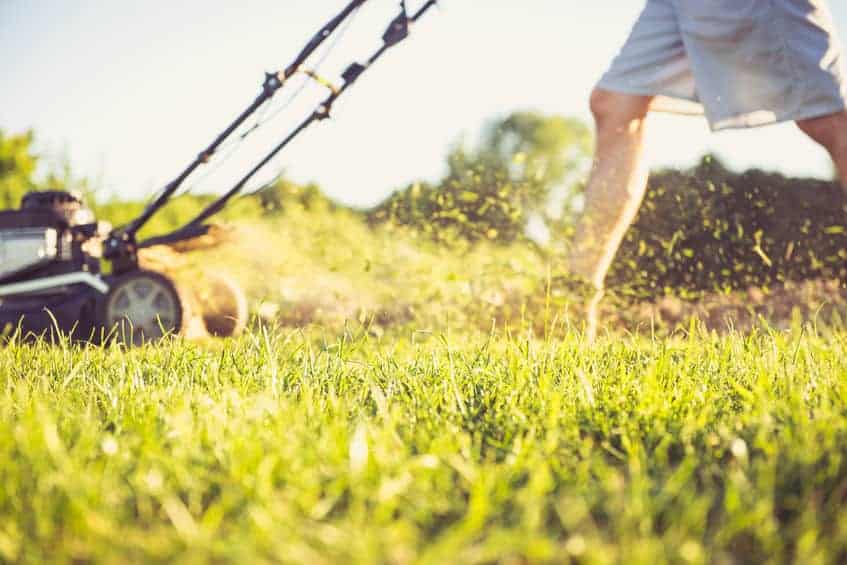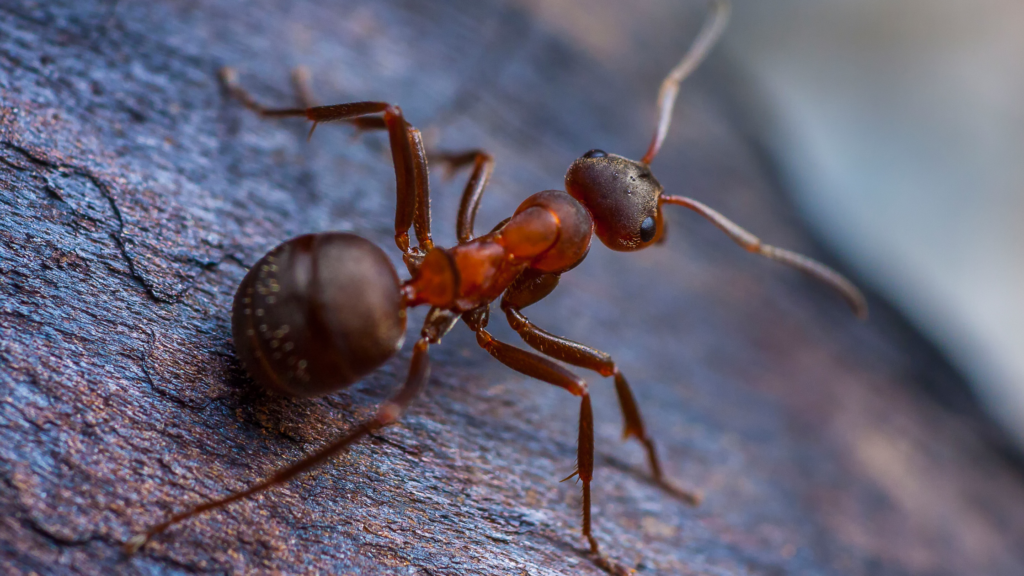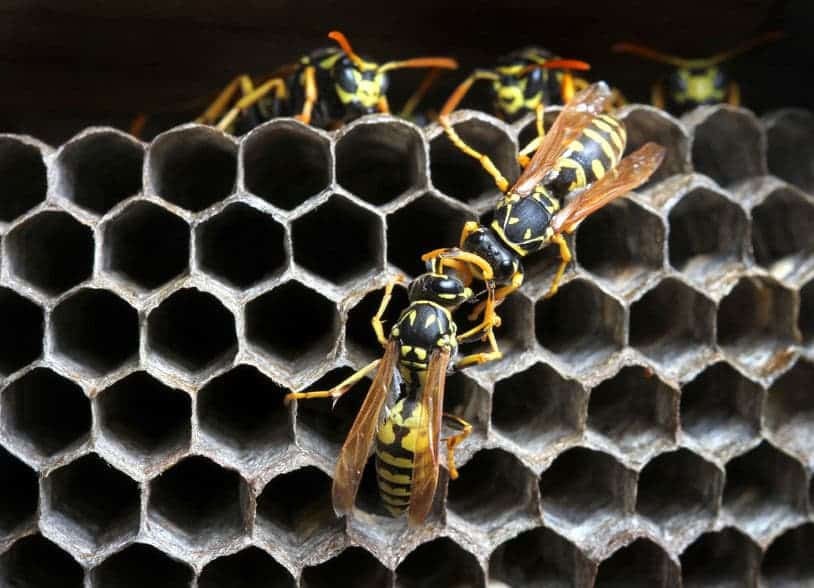
They arrive like clockwork every autumn, and our technicians are seeing them right now: Circular areas of dying grass in yards throughout the region. Although they may remind you of small crop circles, aliens haven’t paid you a visit, but a fungal disease may have. Left unchecked, it has the potential to destroy your entire lawn.
Here’s what you need to know about brown patch fungus, also known as Rhizoctonia blight.
What is lawn brown patch fungus?
Brown patch is a fungal disease that affects both cool- and warm-season grasses, including St. Augustine grass and zoysia grass. Not usually seen in the summer months, brown patch is likely to appear from November through early spring. It can be triggered by over-irrigating, lengthy periods of high humidity, or continuous rainfall that causes the grass to stay damp for an extended period of time.
So, when temperatures stay below the 90s and the soil doesn’t have a chance to dry out, brown patch fungus can easily move in and take over.
How it spreads.
Brown patch fungus is a rather good traveler, spreading by the simplest means possible: Mowing and walking on the lawn. Since we still need to frequently mow our lawns for several more weeks and it’s nearly impossible to avoid stepping on our lawns, don’t be surprised if the disease appears on even the healthiest, lushest turf.
What to look for.
Brown patch disease most often starts as small yellow areas that turn brown or straw-colored as it kills the blades of grass. Patches can grow to several feet across, and also can appear as rings with healthier grass in the center. On closely cut wet grass, you may notice a dark gray or dark brown ring around the edges; this ring is evidence that fungal growth is active.
The fungus can attack lawns that are in both good and poor condition. Disease development may be more likely in turf with poor drainage or air movement, as well as in lush lawns that may have received excessive nitrogen fertilization.
Controlling Rhizoctonia blight.
Good lawn care practices are the first line of defense. While high humidity and temperatures can’t be controlled, there are several things you can to do reduce the chances that brown patch fungus will strike:
- Time irrigation so that the length of time the grass will be wet is minimized.
- Avoid irrigating several hours before sunset. Watering in the morning removes dew, which evaporates slowly, and gives your turf time to thoroughly dry.
- If areas of your lawn are in the shade, pruning surrounding shrubs and trees to allow in more light.
- If your soil doesn’t drain well, reducing thatch accumulation and soil compaction can improve drainage.
- Limit your application of nitrogen fertilizer on warm-season grasses to small amounts in fall and early spring.
- Regularly mow your lawn to the right height for your type of grass and avoid mowing too low.
Even if you take these measures, brown patch fungus can appear. It’s important to avoid spreading it to other areas of your lawn, so remove grass clippings when you mow and don’t mow across diseased areas.
What to know about fungicides for brown patch fungus.
It’s easy to find various fungicides at home improvement stores, but it’s not as easy to know which one can help solve your lawn problems. Since there’s no all-purpose product that will kill every kind of lawn fungus, it’s essential to identify the problem your lawn has.
Choosing the right product is step one; step two is knowing how to time the use of fungicides. Again, you need to be sure about the lawn disease you’re dealing with or you may do more harm than good.
The solution? Call in the lawn care experts!
Keep your lawn in great shape with Turner Pest Control.
Our lawn and outdoor program protects and beautifies your lawn year-round with repeated visits to control pests and fertilize. Our services include only the treatments you need, plus pretreatments to help prevent seasonal problems. We offer:
- Fungus management
- Turf optimization
- Fertilization
- Optional disease control, shrub fertilization, and fire ant management
Just enter your ZIP code below or give us a call for a free, no-obligation estimate on our comprehensive lawn and outdoor services.



